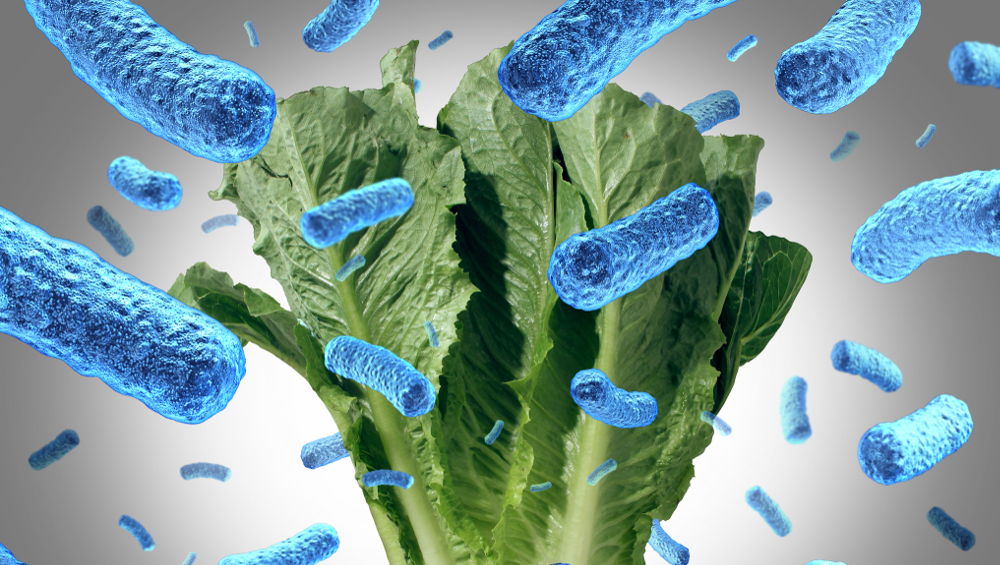Produce industry leaders say work to review and improve food safety measures for romaine lettuce and other leafy greens is on track and should mostly be wrapped up in March 2020, two years after a deadly outbreak.
Once the recommendations are in place, work toward implementation will begin, with the trade associations planning to tackle that step via corporate executive suites. Leaders of the Produce Marketing Association and the United Fresh Produce Association on Monday described the plans for the pursuit of the prevention of foodborne illnesses and faster responses when illnesses are detected.
The online session presented by the marketing association and the lobbying organization focused on romaine safety and three recent outbreaks, but it did not include any discussion of a fourth outbreak revealed this past week by the Food and Drug Administration. The multi-state outbreak ran from July to September.
Topics that were on the industry agenda Monday included the need for traceable information on romaine lettuce and other food; the potential impact animal feedlots have in the contamination of fresh produce crops and the water used on them; and how to change the system while protecting the entire industry as well as individual growers.
The industry leaders also briefly discussed new agricultural water best practices recommendations that they plan to roll out in December. They did not provide specific details during the Monday event. Details are available on the organization websites.
One common thread through the presentations and across all topics is what the produce leaders described as a shared responsibility.
Bob Whitaker of the Produce Marketing Association said people who buy leafy greens should only do business with growers who participate in agreements that have self-imposed metrics, or rules, regarding food safety.
In addition to the buyers having the responsibility, governmental entities that investigate outbreaks also have to do their part to help protect consumers, said Jennifer McEntire of United Fresh. She said the industry is helping government agencies like the Food and Drug Administration by developing spreadsheets for at-a-glance presentations of traceability information during investigations.
McEntire said there is so much information going to FDA’s investigators from businesses throughout the supply chain that there is “a lot of noise but very little sound.”
Whitaker said better cooperation and communication between government and industry are needed, not only for traceability but in general to keep things on track. He said if an investigation gets off track, it can be hard to get it back on track, especially with perishables.
A key point in the plan to boost the safety of romaine lettuce and other leafy greens involves the close proximity of concentrated animal feeding operations (CAFOs) to fields where produce is grown. The outbreak strain of E. coli from the spring 2018 outbreak was found in canal water in the growing area. The open canal runs between a 100,000-plus head CAFO and lettuce fields.
Whitaker said initially CAFOs were not in the mix when the industry mitigation task force got to work in 2018. Now, he said, growers and others know the feedlots need to be in the equation, but there isn’t data to support action.
Two organizations that impose procedures on their members — the California and Arizona Leafy Greens Marketing Agreements (LGMAs) — have already increased the minimum distance between the edge of a feedlot and the edge of growing fields from 400 feet to 1,600 feet. Whitaker said there is not evidence that 1,600 feet is necessary to protect raw, fresh produce from becoming contaminated by CAFOs. Work between the LGMAs, another trade group called Western Growers, and cattle organizations is ongoing, Whitaker said.
Another recurring theme in Monday’s web presentation was the health of the romaine industry and the larger fresh produce industry.
McEntire said it is misleading to say that the fresh produce industry doesn’t have good traceability. She said traceability issues exist along the entire supply chain, not just on the shoulders of the fresh produce entities along the way. She also said the study group tasked with reviewing traceability issues didn’t talk about block chain technology.
A voluntary program called the Produce Traceability Initiative (PTI), launched in recent years by a coalition of industry groups, has been adopted by some companies, McEntire said.
Better traceability would not only enhance public health, but it could protect businesses that could prove their products were not the ones involved in an outbreak.
“I sure hope if we have traceability, … we won’t have broad advisories,” McEntire said, referring to government warnings just before Thanksgiving a year ago when details of an outbreak were released. The warnings were against all romaine because the FDA could not decipher the bits and pieces of shipping and receiving records that were available.
McEntire said having better traceability would protect growers whose produce isn’t implicated. The recall of romaine or any other commodity from growers whose products can be traced to illnesses would be to the benefit of all parties, from growers to consumers, she said.
(To sign up for a free subscription to Food Safety News, click here.)

